Some cars sell you on a dream. The marketing is sharp, the styling is bold, and the first test drive leaves you grinning. Then you live with it day after day, and the reality sets in—cheap interiors, questionable reliability, and repair bills that make you wish you had bought something else. These ten American cars all promised cool but taught their owners some tough lessons.
Chevrolet Camaro (1993–2002)

The fourth-gen Camaro looked every bit the muscle car, with swoopy styling and available small-block V8 power. It was the poster car for a lot of young drivers in the 90s, and at first glance it seemed like unbeatable bang for your buck. But owners soon discovered a cabin built almost entirely from brittle plastics, doors that felt like they belonged on a bank vault, and rear visibility so poor you might as well drive blindfolded. Add in electrical gremlins and rattles that showed up before 50,000 miles, and the Camaro’s initial cool factor melted into a love-hate relationship.
Ford Mustang II (1974–1978)

Ford wanted to ride the Mustang name through the fuel crisis years, and the result was the Mustang II. On the surface, it looked like a sporty downsized coupe—perfect for the mid-70s. But under the skin it was basically a Ford Pinto with some chrome and a pony badge. Performance was embarrassing, with even the “performance” V8 models struggling to keep up with traffic. The interiors rattled, the build quality was inconsistent, and by the end of ownership most people realized they’d bought into the name rather than the experience.
Pontiac Fiero (1984–1988)
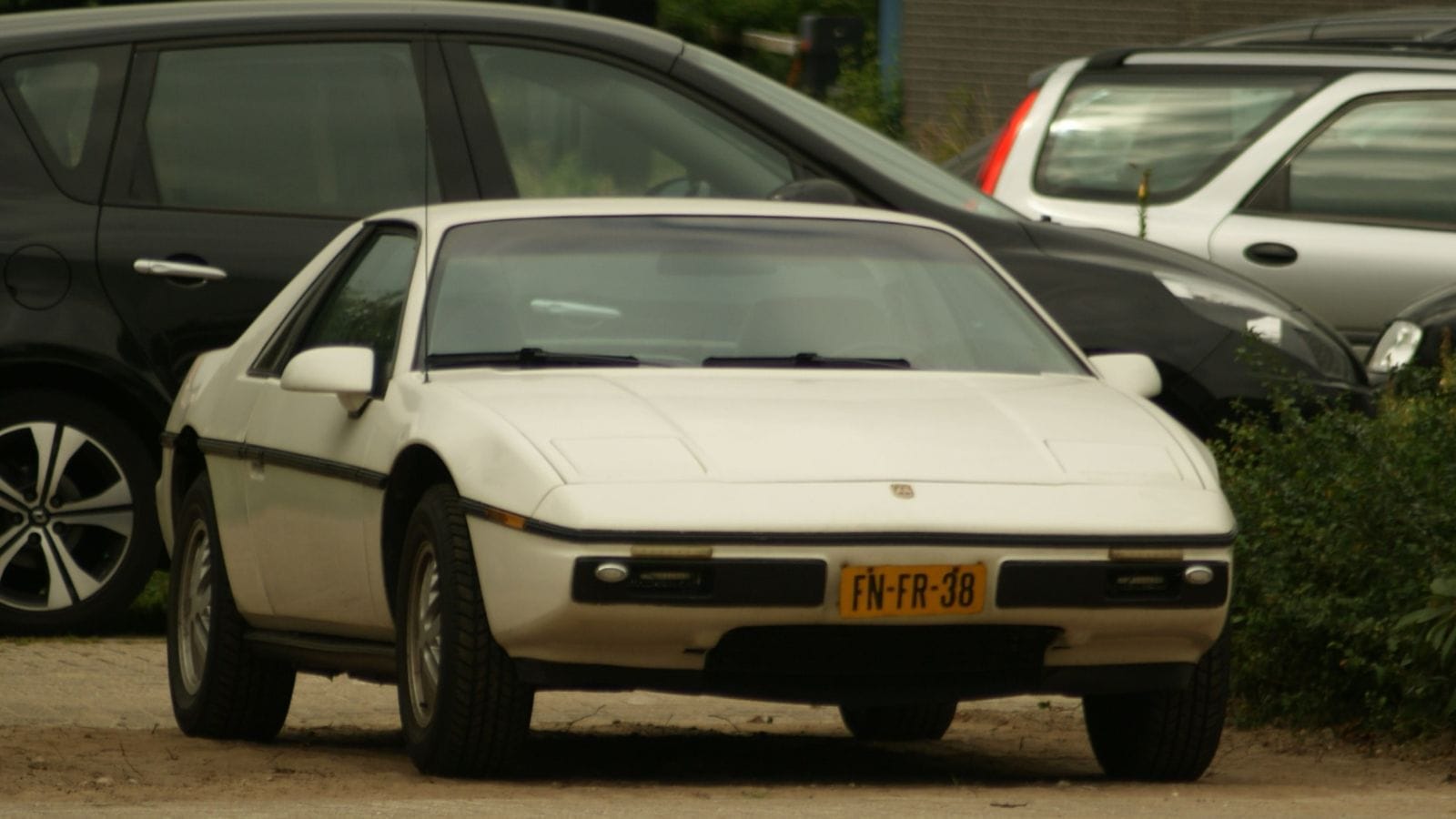
Few cars launched with more hype than the Pontiac Fiero. An affordable, mid-engine American sports car? It sounded like a Ferrari for the masses. Unfortunately, early Fieros were underpowered, poorly built, and prone to catastrophic engine fires thanks to faulty connecting rods and poor oil circulation. Owners were left stranded by the side of the road, sometimes watching their dream car go up in smoke. Later GT models fixed many issues and even looked exotic, but the damage to the car’s reputation was already done.
Dodge Charger (2006–2010)
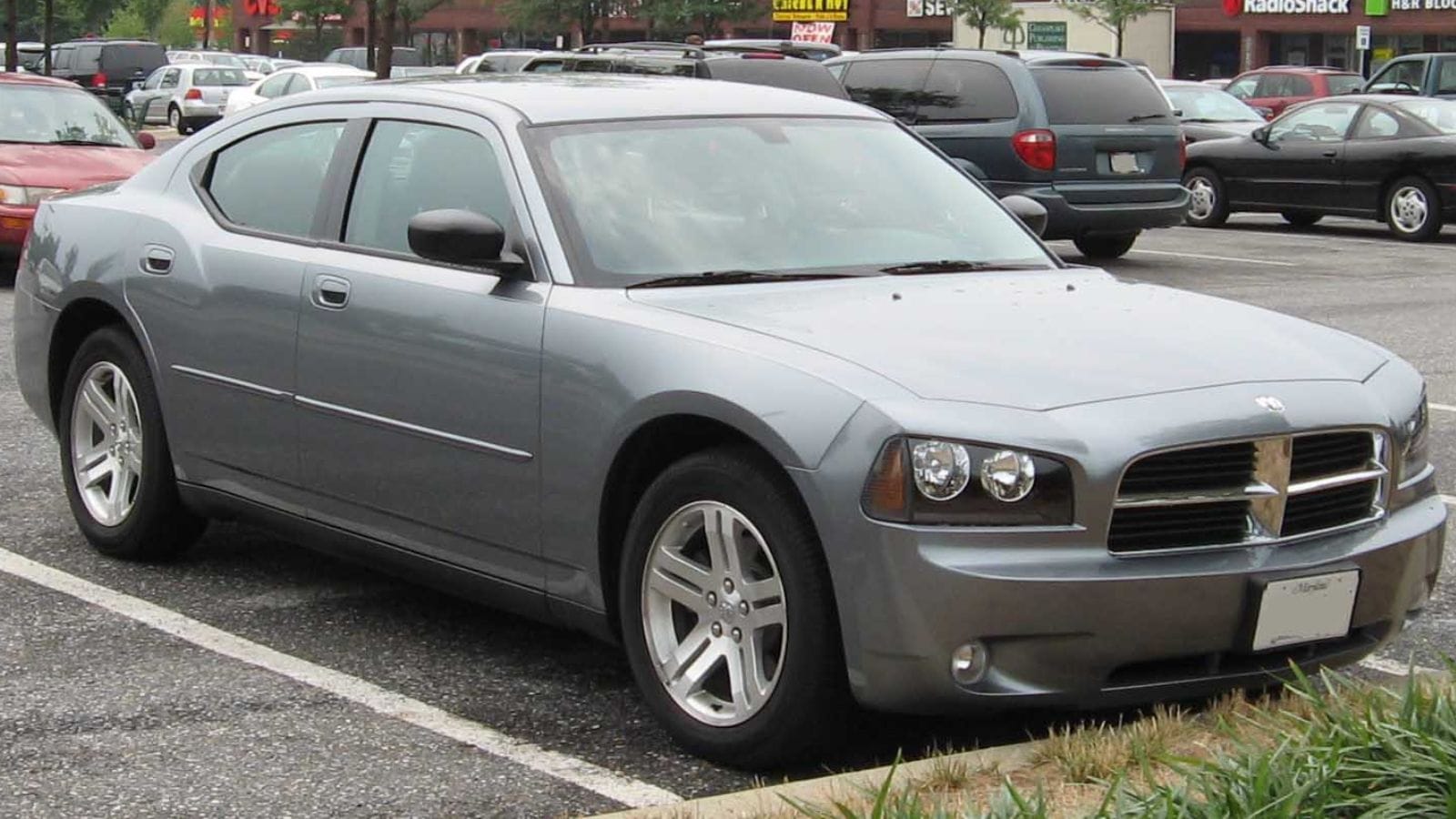
The reborn Charger was a big deal—four doors, rear-wheel drive, and optional HEMI power. From the outside, it looked like muscle had returned to the streets. But climb inside and you were greeted with acres of hard plastic, a transmission that seemed allergic to smooth shifts, and electrical systems that had a bad habit of misbehaving. The car felt heavy and unrefined, and as the years went on, many owners found themselves sinking money into repairs instead of enjoying the V8 soundtrack they were promised.
Chevrolet Corvette C4 (1984–1996)
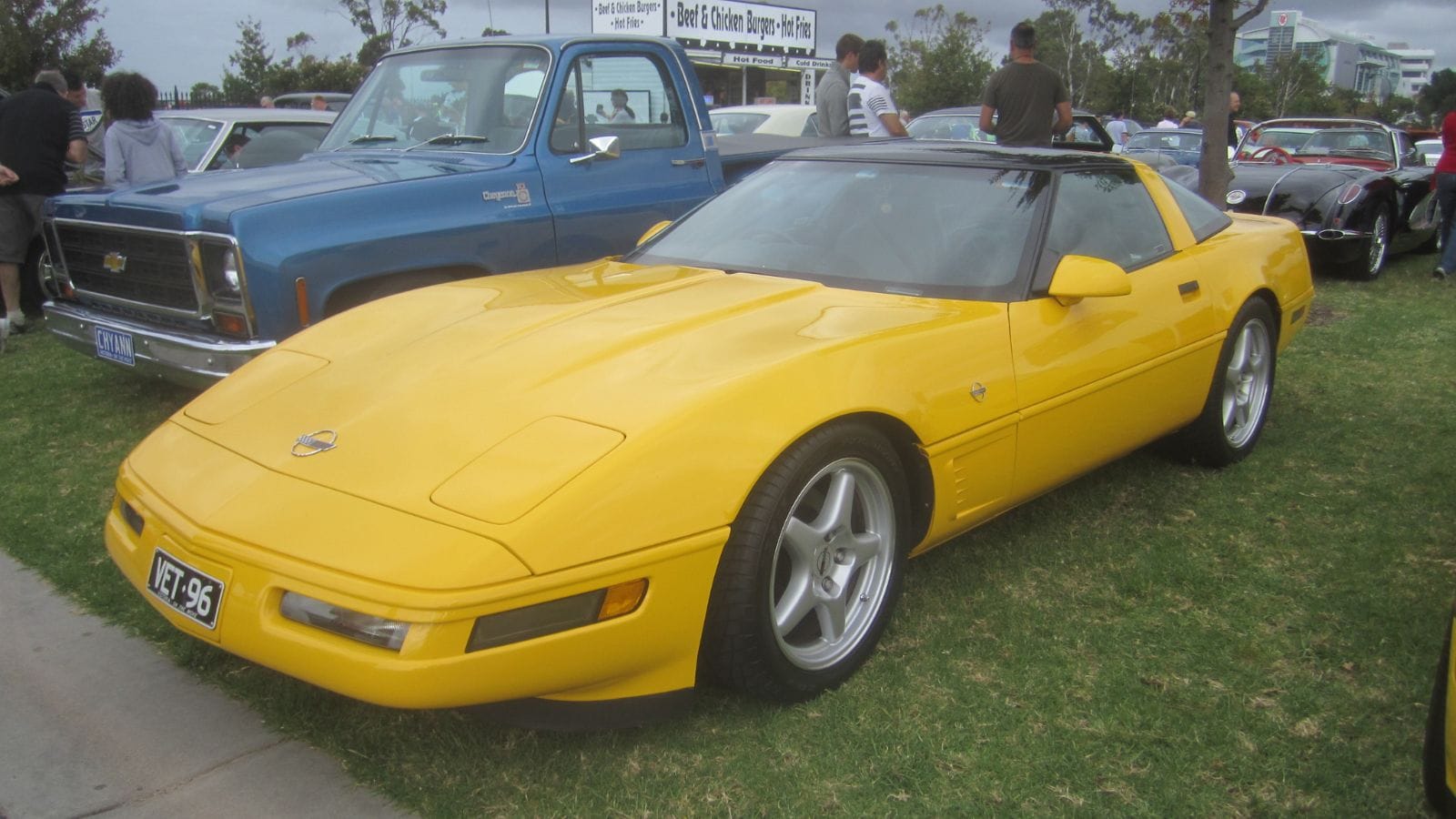
The Corvette name has always been a badge of honor, but the C4 was a tough one to love once you lived with it. Its wedge-shaped styling was sharp for the 80s, and the promise of a high-tech digital dash drew attention. But those dashboards were glitchy, the interior ergonomics awkward, and the seats uncomfortable for long drives. Build quality wasn’t Corvette’s strong suit either—squeaks and rattles came standard. While the later LT1 and LT4 versions offered performance that impressed, the average C4 experience left many drivers wondering why they hadn’t just bought a used 911.
Chrysler Sebring Convertible (1996–2006)

Seen cruising down the boulevard with the top down, the Sebring convertible looked like the perfect affordable dream machine. It was a favorite in rental fleets and beach towns, offering style at a price that seemed too good to be true. And it was. Owners discovered flimsy body construction, weak four-cylinder engines that groaned under pressure, and transmissions that wore out far too soon. The interiors felt outdated within a few years, with fabrics that faded and plastics that cracked under sunlight. The Sebring was cool on vacation but painful in real life.
Pontiac Trans Am (1982–1992)
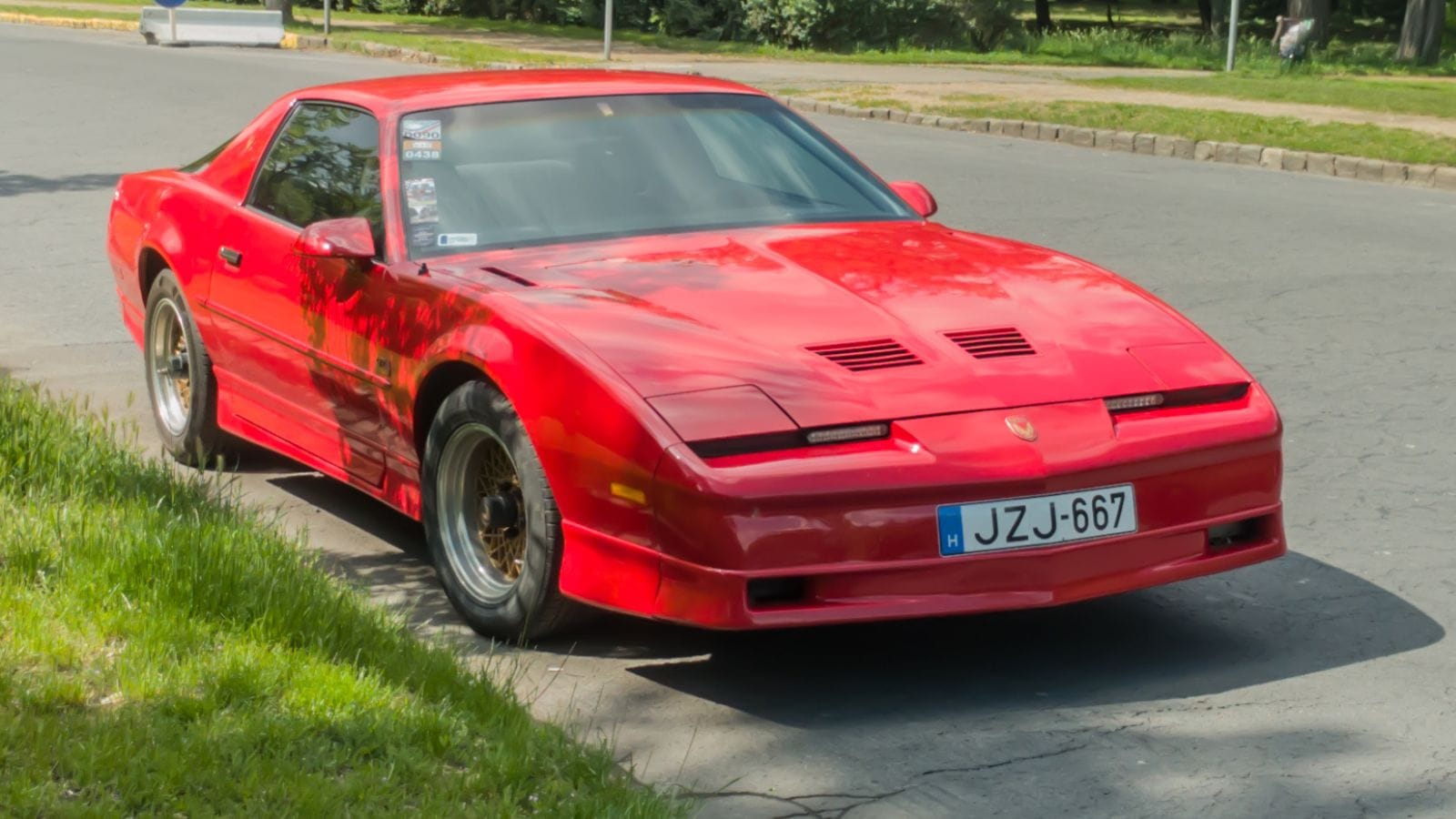
The Trans Am was a star of the 80s, especially thanks to Knight Rider. It looked menacing with pop-up headlights and aggressive bodywork, but most owners quickly discovered that the reality didn’t match the image. Many came with anemic engines that barely cleared 150 horsepower, and quality control left interiors squeaking and rattling like they were decades old right from the showroom floor. The car had charisma, no doubt, but when you actually drove it, you realized it was more show than go.
Hummer H2 (2003–2009)
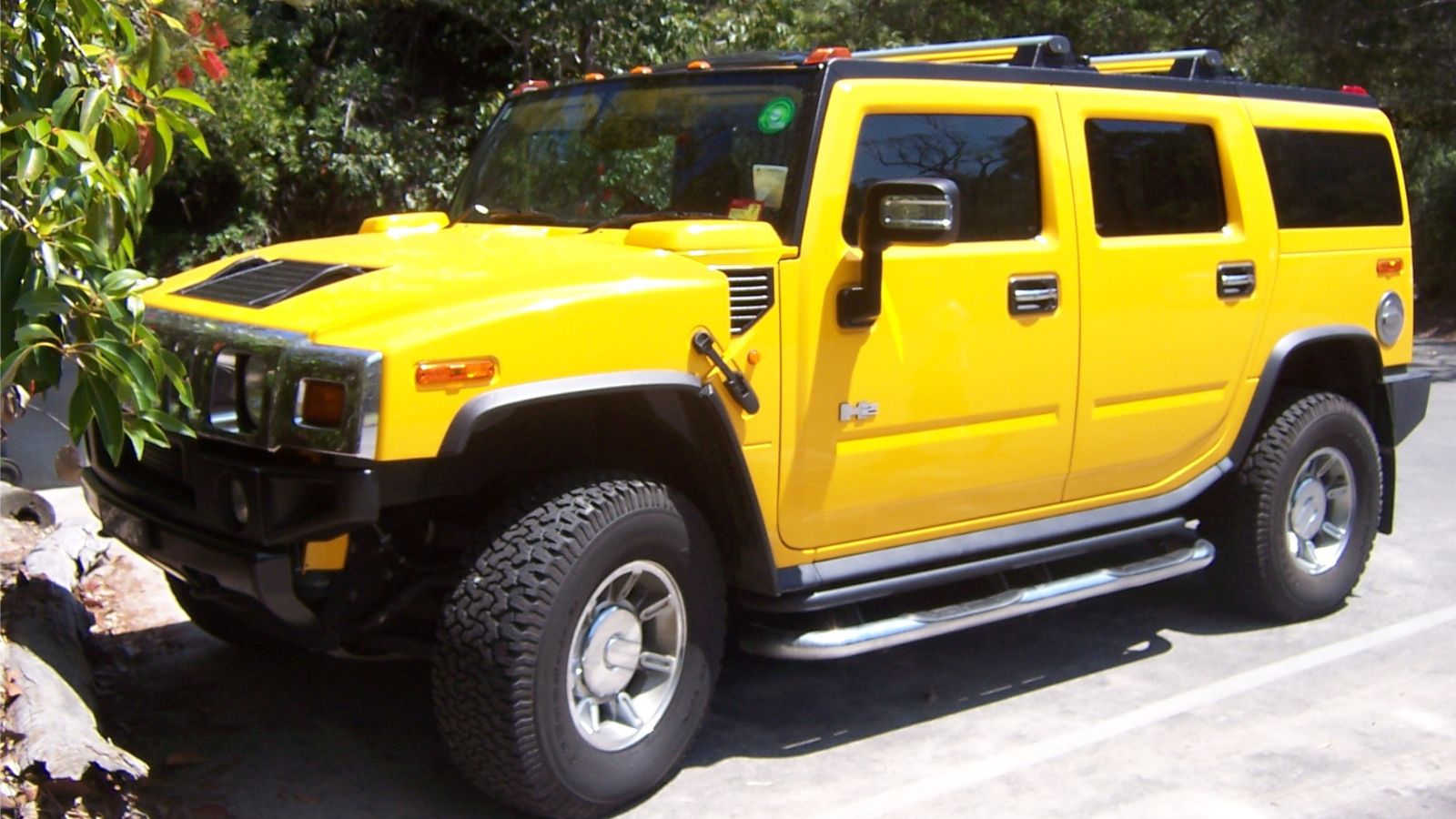
The H2 was the ultimate status symbol in the early 2000s. It looked like it could conquer mountains and survive a zombie apocalypse. The truth? It was based on a Chevy Tahoe platform, guzzled gas at single-digit miles per gallon, and had interiors that didn’t match its hefty price tag. Driving one felt less like piloting a tank and more like manhandling a city bus, and owners quickly grew tired of trying to squeeze into parking spots while their wallets bled dry at the pump. Cool in the driveway, miserable on the daily commute.
Ford Thunderbird (2002–2005)
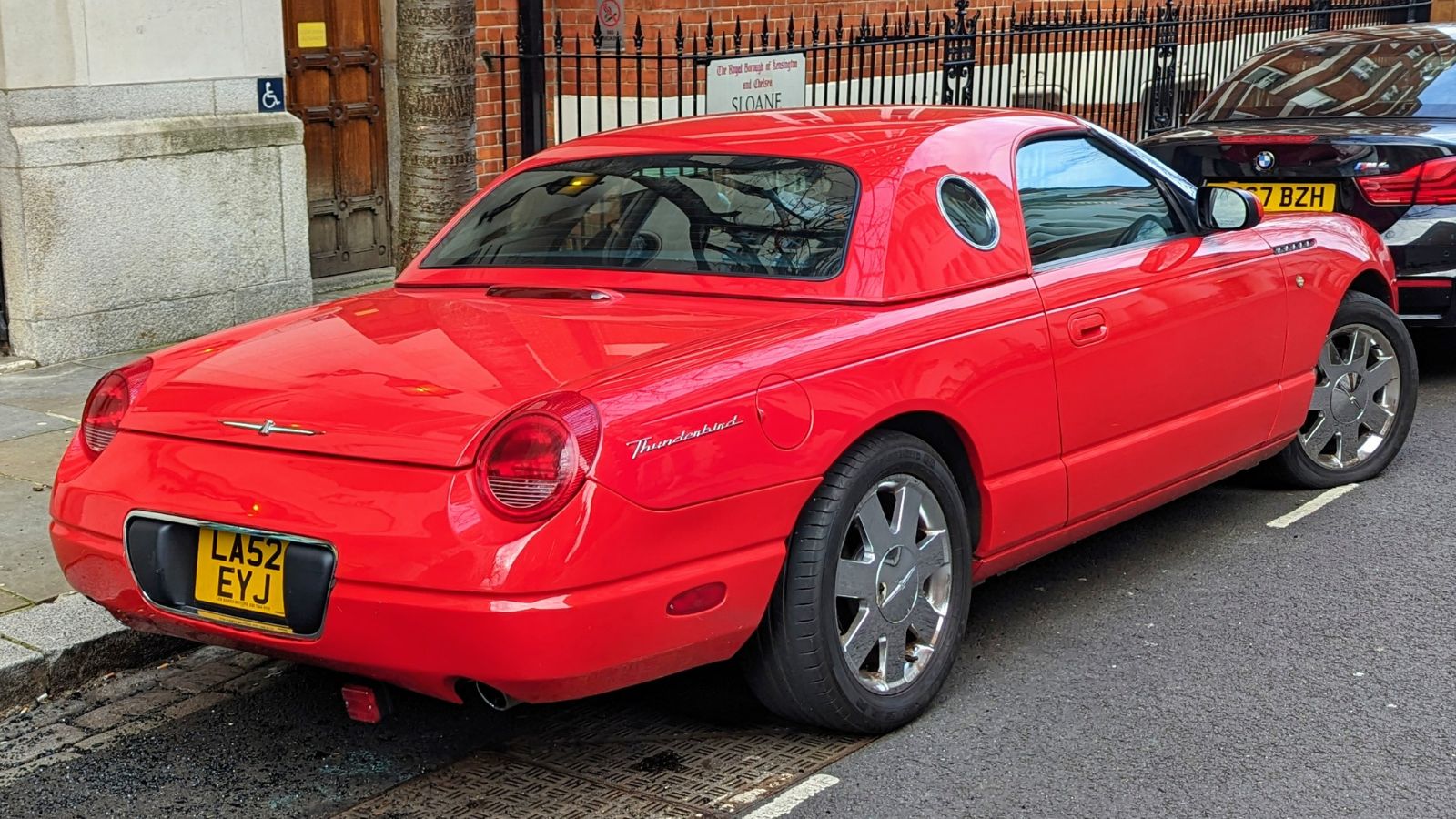
Ford tried to rekindle magic with the retro-inspired Thunderbird. Its two-seat convertible styling looked promising, evoking the glamour of the 1950s. Buyers lined up for it at launch, but the shine wore off quickly. The car’s underwhelming 3.9L V8 delivered modest performance, the handling was soft and uninspiring, and the interior felt borrowed from a Lincoln parts bin rather than crafted for a flagship. Owners expecting a modern classic instead got an overpriced cruiser with limited appeal.
Dodge Caliber SRT4 (2008–2009)
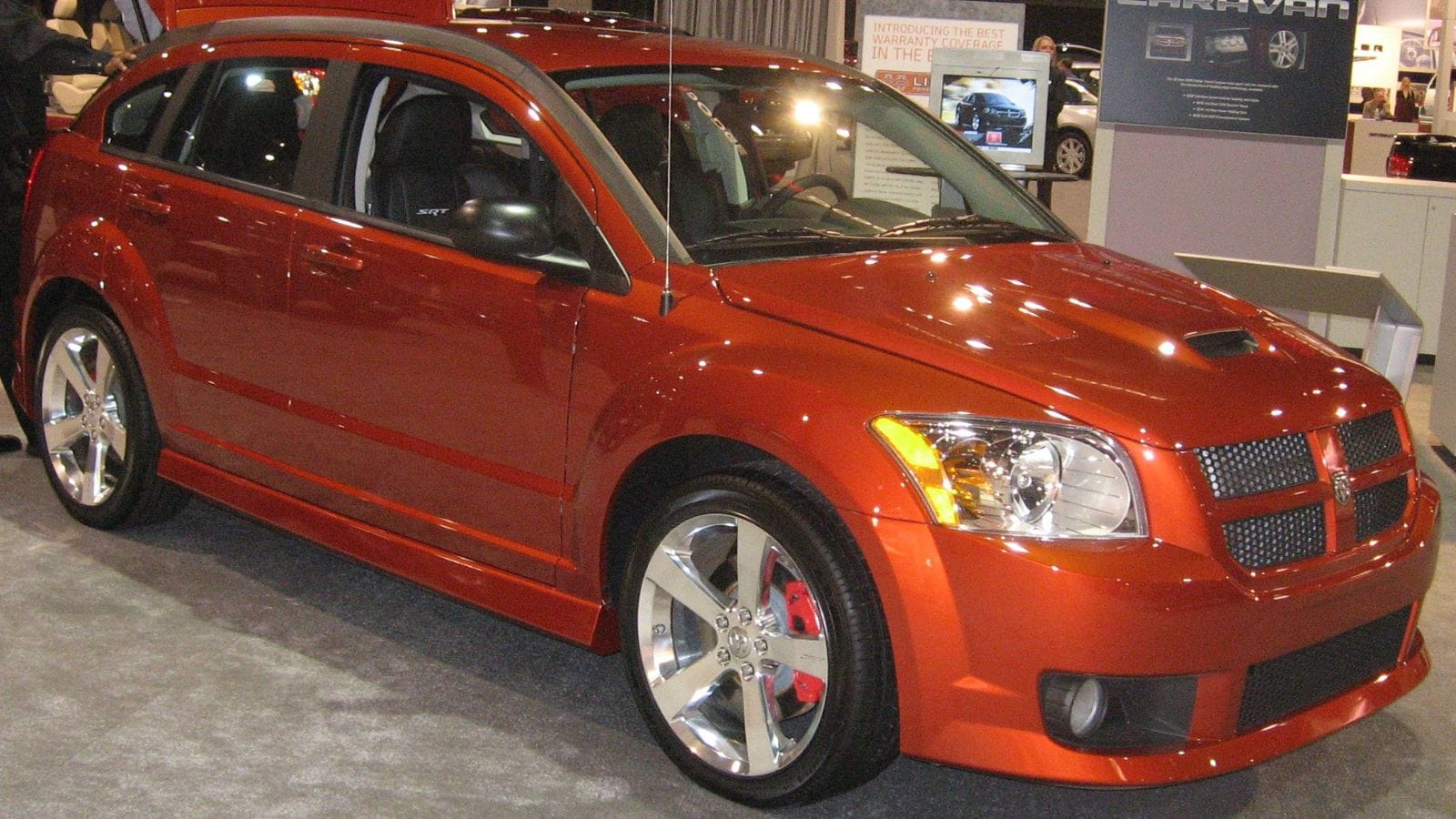
Hot hatches were gaining popularity, and Dodge wanted a piece of the action. Enter the Caliber SRT4, which on paper offered over 280 horsepower and aggressive styling that promised fun. But owners quickly discovered the suspension was harsh, the interior plastics made Fisher-Price toys look luxurious, and reliability wasn’t Dodge’s strong point. While it could outrun many rivals in a straight line, living with one every day was more frustration than fun. The cool factor disappeared once you realized how cheap everything felt inside.
25 Facts About Car Loans That Most Drivers Don’t Realize

Car loans are one of the most common ways people fund car purchases. Like any other kind of loan, car loans can have certain features that can be regarded as an advantage or a disadvantage to the borrower. Understanding all essential facts about car loans and how they work to ensure that you get the best deal for your financial situation is essential. Here are 25 shocking facts about car loans that most drivers don’t realize:
25 Facts About Car Loans That Most Drivers Don’t Realize
